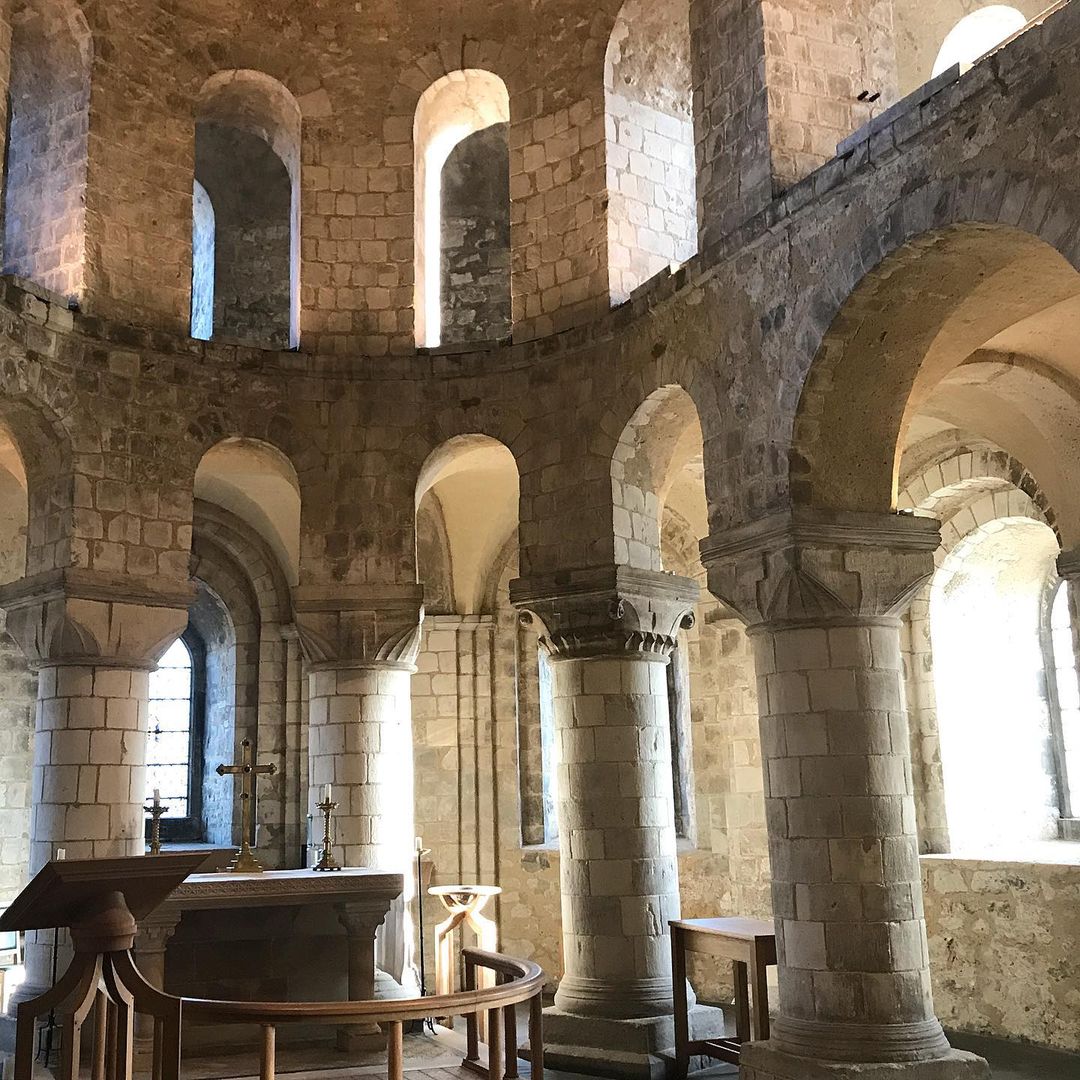
One of the loveliest and most peaceful spaces in London is literally in the centre of one of the busiest. The Tower of London gets some two million visitors a year, and in high season one can wait several hours to shuffle past the Crown Jewels, and the space in the White Tower around the armour of Henry VIII and Charles I is as jammed as Selfridges on the first day of the sale.
But walk up to the next level of the Tower and you go through an absolute architectural gem – the Chapel of St John the Evangelist – which manages to be utterly tranquil despite the hordes.
It is one of the last survivals of Norman architecture in the capital, a style called Romanesque, with thick, round pillars and semi-circular arches. Although like most medieval churches it was probably originally brightly painted, the bare stone that one currently sees gives it a wonderfully austere beauty.
Built at the time of the construction of the White Tower (around 1080) as the private chapel for the monarch when resident, it was modified as part of Henry III’s upgrade of the Tower complex in the 13th century, with the addition of stained glass windows.
During the Peasants’ Revolt of 1381, when the rebellious yeomen on Kent and Essex occupied the Tower, Simon Sudbury the much-despised Archbishop of Canterbury, tried to take refuge in the Chapel. He was found and dragged out to be executed by the mob on Tower Hill.
The first confirmed ceremony of the Order of the Bath was held in the Chapel in 1399, the Knights of the Order holding an all-night vigil on the eve of Henry VI’s coronation. (This was a tradition that endured right through until the coronation of Elizabeth I in 1559.
By tradition, Elizabeth of York, the wife of Henry VII and mother of Henry VIII lay in state in the Chapel after her death in childbirth in 1503, and it was also here that Mary (later Queen Mary, aka ‘Bloody Mary’) the daughter of Henry VIII and Katherine of Aragon was betrothed by proxy to King Phillip of Spain.
Despite all this history though, for nearly 300 years – 1570 to 1858 – the Chapel was a store for state records. When these were moved out the space was reconsecrated and used for service once more. (This seems to have been down to the intercession of Prince Albert; the proposed use for the room was as a store for uniforms for the Tower garrison.)
St John’s is still part of the Chapel Royal, and hence a ‘Royal Peculiar‘, with regular services throughout the year, although nearly all of these are ‘out of hours’ – i.e. they are private services for the residents of the Tower, not for the general public.

